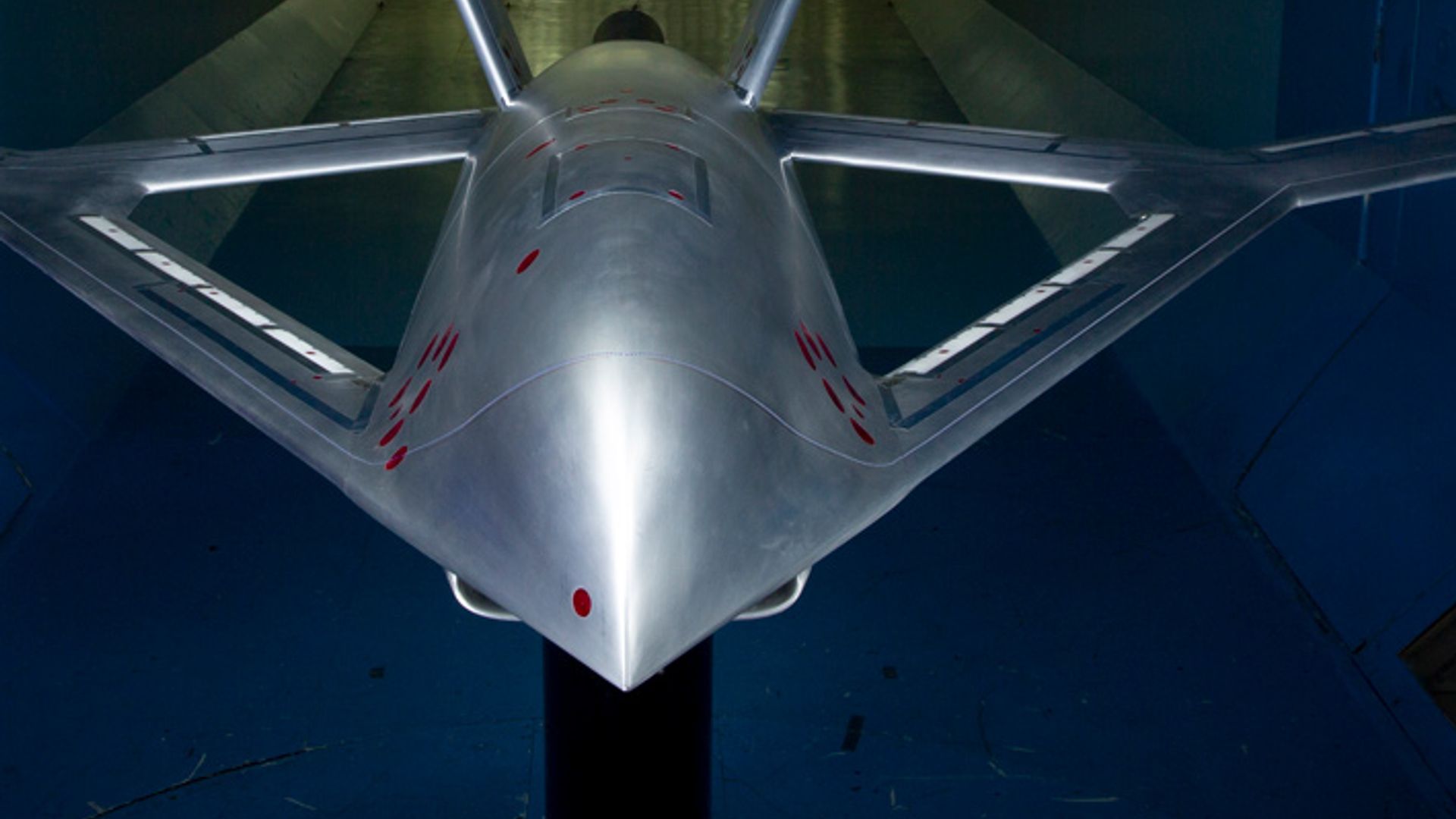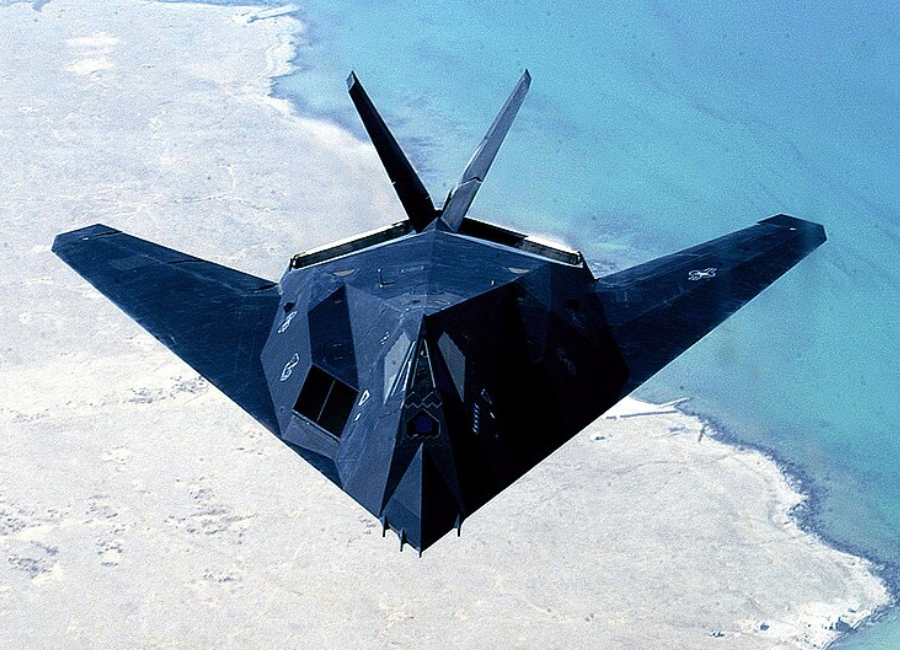DARPA’s upcoming X-65 aircraft is slated to introduce a groundbreaking design that will serve as a testing ground for an innovative air control system, potentially reshaping the fundamental paradigms in aircraft design that have persisted for over a century. The United States’ Defense Advanced Research Projects Agency (DARPA) has announced plans to construct and deploy the experimental X-65, featuring a radical design aimed at assessing new flight control technologies.
Traditionally, aircraft, since the era of the Wright brothers’ first controlled flight in 1903, have relied on movable external control surfaces, such as rudders and flaps, for flight control. The X-65 seeks to depart from this century-old design convention by utilizing jets of air from a pressurized source to manipulate the airflow over the aircraft’s surface. DARPA envisions that eliminating external moving parts could lead to reduced weight and complexity, ultimately enhancing overall performance.

However, the X-65 won’t entirely abandon traditional control mechanisms. It will incorporate both conventional flaps and rudders alongside active flow control (AFC) actuators that use pressurized air to shape the airflow around the plane. The initial tests will gauge the plane’s performance using traditional control surfaces as a baseline. Subsequent trials will involve selectively immobilizing moving surfaces to rely on AFC effectors.
The unmanned X-65 is anticipated to surpass 3 metric tons in weight, boast a wingspan just shy of ten meters, and potentially achieve speeds up to Mach 0.7. These specifications align its weight, size, and speed with those of military trainer aircraft, lending relevance to the test results within the broader context of aircraft testing.
Aurora Flight Sciences, a Boeing subsidiary, has undertaken the construction of the inaugural X-65, with expectations for the aircraft’s unveiling in early 2025, followed by its maiden flight. The development of this experimental aircraft represents a significant leap forward in exploring unconventional aircraft designs and assessing the viability of alternative flight control systems that could reshape the future of aviation technology.





